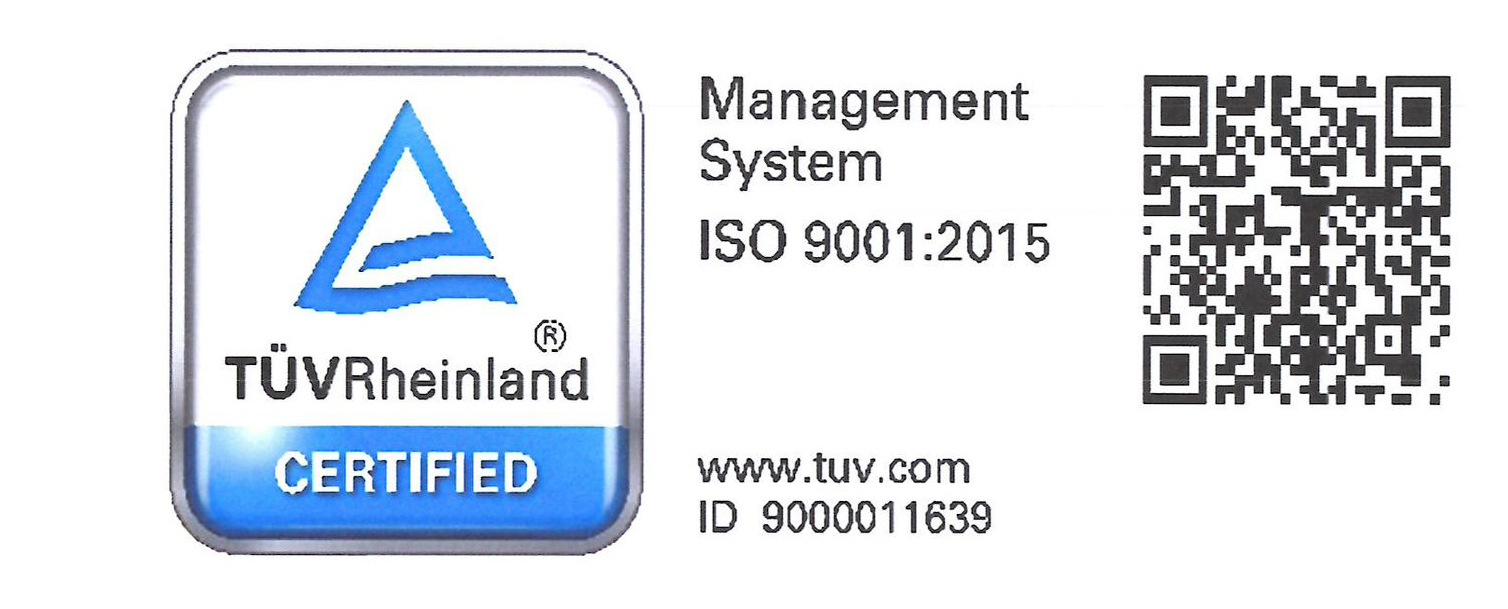Ever wondered how silk fabrics, with their smooth textures and elegant finesse, are produced? The entire process flows back to the silkworms reared purposefully to produce silk. The art of silk production is called ‘Sericulture’ that includes cultivation of mulberry, silkworm rearing and post cocoon activities leading to production of silk yarn for commercialization.
Seeing the ever-increasing global demand for silk production not to mention its high income generation potential against the fluctuating supply of these exquisite fabrics, CPSU through its R and D unit headed by Dr. Mae Flor Posadas, VP for Research and Extension, and Dr. Angelie Rose Lumba, Director for Research and Development Center, engaged in the said project as its Center for Sericulture Research. The project is being supervised by Sir Hernane Malabor, silkworm production consultant.
Since its takeoff, the University had already reaped its third harvest, with a total of 16 kilos out of one fourth box of silkworm eggs just for the last harvest. These are being transported to OISCA or the Organization for Industrial, Spiritual and Cultural Advancement - International located at Brgy Tabunan, Bago City, who then processes the raw materials to its finished product - silk.
This project, once on its full-swing, is seen as an additional livelihood to the community particularly benefiting the women in the community as it is considered as a woman-friendly occupation. Its different activities, starting from mulberry garden management, leaf harvesting and silkworm rearing even up to reeling and weaving, can effectively be supported by women workers.
More significantly, it will help boost the silk industry in the countryside, while securing livelihood for the local farmers especially in this time of pandemic. Silk, being considered as an expensive commodity used mostly by the affluent members society, ensures that money is conveyed from the rich to the less privileged members. Hence, sericulture provides gainful employment, and improvement in the quality of life of the people in rural areas and therefore play an important role in poverty mitigation.
Most importantly, engaging in this agro-based rural industry will lead to revenue generation that would aid in the economic development while strengthening local government’s pursuit for rural industrialization in the countryside.
By: J.A. Emoy
Photo: J. Degillo










